Description
Flatracks consist of a floor structure with a high loading capacity composed of a steel frame and a softwood floor and two end walls, which may either be fixed or collapsible. The end walls are stable enough to allow cargo securing means to be attached and several flatracks to be stacked on top of one another. Flatracks are available in 20′ and 40′ sizes.
A number of lashing rings, to which the cargo may be secured, are installed in the side rails, the corner posts and the floor. The lashing rings may take loads of up to 2000 kg in the case of 20′ flatracks or up to 4000 kg in the case of 40′ flatracks.
Some types of 20′ flatracks have forklift pockets.
40′ flatracks have gooseneck tunnels at each end. In addition, they are sometimes equipped with lashing winches with 2 metric ton lashing belts.
For transport of certain cargoes, flatracks may be provided with stanchions
SPECIFICATIONS
- INSIDE LENGTH: 11.832 m
- INSIDE WIDTH: 2.228 m
- INSIDE HEIGHT: 1.981 m
- DOOR WIDTH: 0.000 m
- DOOR HEIGHT: 0.000 m
- CAPACITY: 0 m3
- TARE WEIGHT: 4200 Kgs
- MAX CARGO WEIGHT: 40800 Kgs

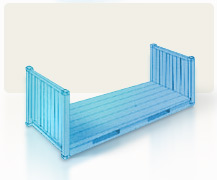
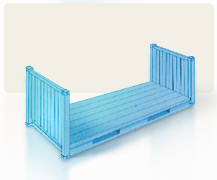
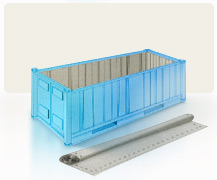
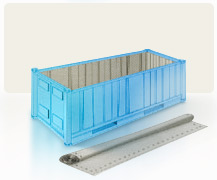
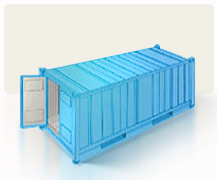
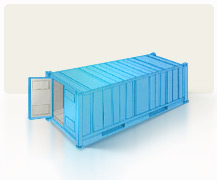
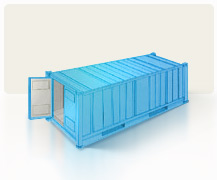
Recent Comments